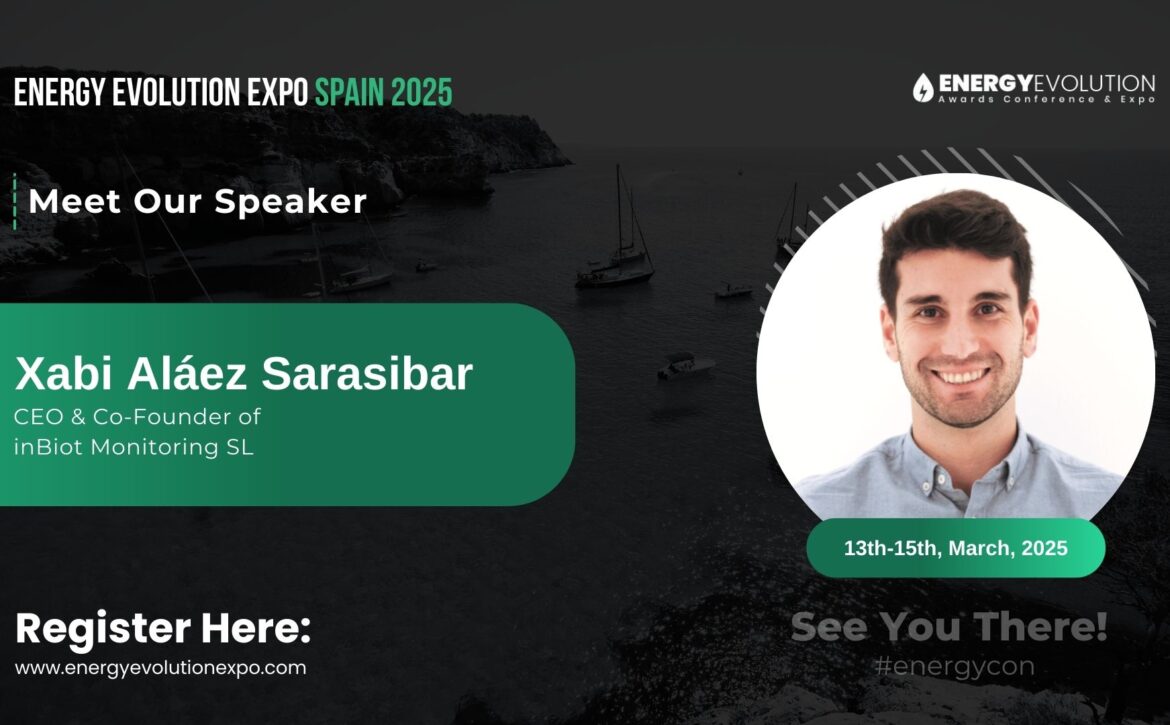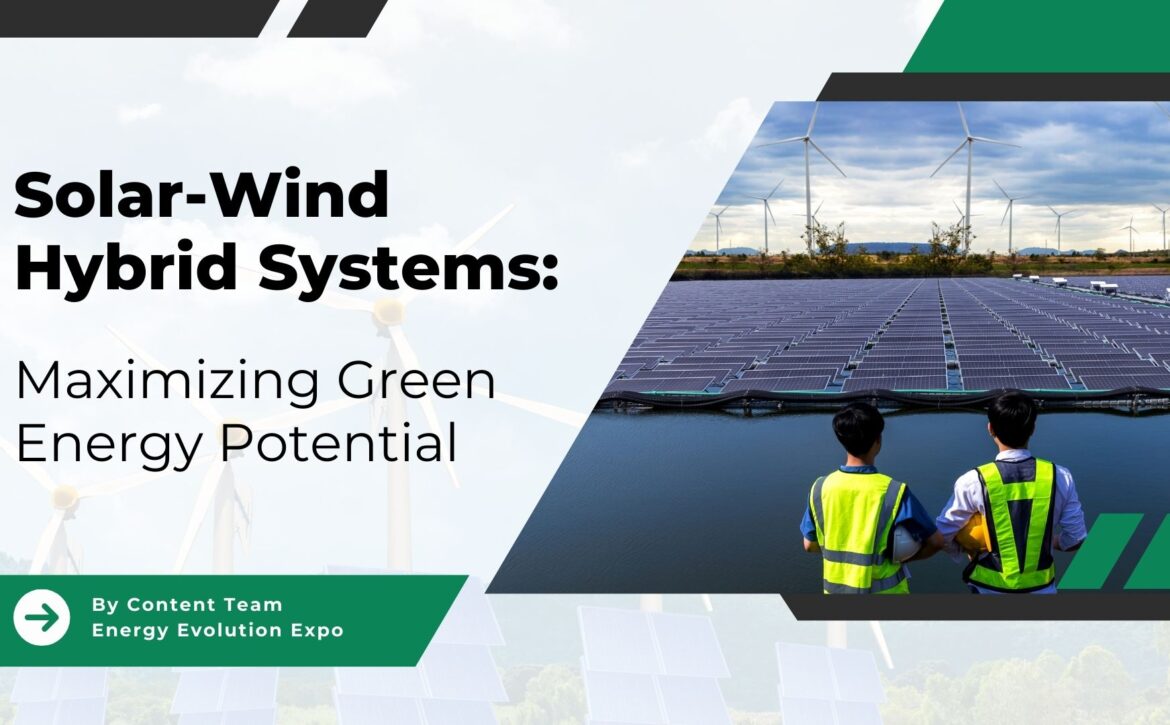As the global community increasingly turns towards sustainable solutions to combat climate change, the energy sector stands at the forefront of this transformation. Among the various innovations, biodegradable polymer composites (BPCs) are emerging as a pivotal technology, marrying the fields of materials science and renewable energy. These green materials offer the dual benefit of supporting renewable energy applications while also addressing the critical issue of plastic pollution.
The Rise of Biodegradable Polymer Composites
The Rise of Biodegradable Polymer Composites
Biodegradable polymer composites are materials composed of natural or synthetic polymers that degrade naturally over time. They are reinforced with biodegradable fibers or fillers, enhancing their mechanical properties and making them suitable for a wide range of applications. Unlike traditional polymers, which persist in the environment for centuries, BPCs break down into non-toxic components, minimizing environmental impact.
Biodegradable polymer composites are materials made from biodegradable polymers and reinforcing agents to enhance their properties. Here are some common types.
1. Starch-Based Composites: These use starch as the primary polymer and are often reinforced with fibers like cellulose or nanoparticles to improve mechanical strength.
2. Polylactic Acid (PLA) Composites: PLA is a popular biodegradable polymer often reinforced with natural fibers (e.g., flax, jute) or nanoparticles to enhance properties like toughness and thermal stability.
3. Polyhydroxyalkanoates (PHA) Composites: PHAs are produced by bacterial fermentation and can be combined with natural fibers or fillers to improve their mechanical properties.
4. Polycaprolactone (PCL) Composites: PCL is a synthetic biodegradable polymer that can be reinforced with materials like hydroxyapatite for applications in biomedicine.
5. Chitosan Composites: Derived from chitin, chitosan is often combined with fillers like graphene oxide or nanoparticles for improved mechanical and antibacterial properties.
6. Polybutylene Succinate (PBS) Composites: PBS is a biodegradable polyester that can be reinforced with natural fibers or inorganic fillers to enhance its properties for various applications.
These composites are designed to degrade over time under environmental conditions, reducing their impact on the environment compared to traditional, non-biodegradable composites.
Applications and Current Examples in Renewable Energy
Applications and Current Examples in Renewable Energy
1. Solar Energy
One of the most promising applications of BPCs is in the field of solar energy. Solar panels and photovoltaic (PV) cells often use polymers in their construction. Traditional polymers, however, pose a significant environmental threat due to their non-biodegradable nature. Researchers are now exploring biodegradable alternatives. In Germany, the Fraunhofer ISE is working on biodegradable polymers for encapsulating PV cells. These new materials are designed to protect the cells from environmental factors while ensuring that the encapsulation material itself does not contribute to long-term waste. Their work focuses on developing encapsulation materials for PV cells that provide adequate protection while being environmentally friendly.
2. Wind Energy
Wind turbine blades are typically made from fiberglass and epoxy resins, which are challenging to recycle. The University of Cambridge in the UK is leading a project to develop wind turbine blades from biodegradable polymer composites. These new blades aim to provide the same strength and durability as traditional materials but with the added benefit of being fully recyclable and biodegradable.
Biodegradable polymer composites offer a sustainable alternative. The University of Sydney is exploring the use of biodegradable polymer composites in the construction of wind turbine blades. Their research focuses on creating composites that match the strength and durability of traditional materials while offering the benefit of biodegradability.
This initiative aims to address the significant waste problem posed by decommissioned wind turbine blades. Similarly, the University of Cambridge is leading a project to develop wind turbine blades from biodegradable polymer composites. These new blades aim to provide the same strength and durability as traditional materials but with the added benefit of being fully recyclable and biodegradable.
3. Bioenergy
In the bioenergy sector, BPCs can be used in the construction of biogas plants and biomass storage facilities. These materials offer excellent resistance to the corrosive environments often found in bioenergy applications. In India, IIT Delhi has developed biodegradable polymer composites for biogas digesters. These materials not only withstand the harsh conditions but also ensure that the digesters themselves do not become long-term pollutants. Their innovative materials offer excellent resistance to the acidic conditions within digesters, ensuring longevity and performance.
4. Energy Storage
Energy storage devices, such as batteries and supercapacitors, are critical components of renewable energy systems. BPCs can replace traditional, non-degradable components in these devices, reducing their environmental footprint. Researchers at the University of Illinois are developing biodegradable polymer composites for use in energy storage devices.
The team has made significant strides in creating high-performance composites that do not compromise on efficiency or durability. These materials are designed to replace traditional, non-degradable components, thereby reducing the environmental footprint of energy storage systems.
5. Small-Scale Renewable Systems
In regions lacking traditional energy infrastructure, small-scale renewable energy systems are vital. BPCs can enhance the sustainability of these systems. In Kenya, the University of Nairobi is developing biodegradable polymer composites for use in small-scale solar energy systems. These systems are crucial in rural areas where traditional energy infrastructure is lacking. By using biodegradable materials, the university aims to provide sustainable energy solutions that do not contribute to long-term environmental degradation.
Advantages and Challenges of Using Biodegradable Polymer Composites
Advantages and Challenges of Using Biodegradable Polymer Composites
Advantages
1. Environmental Impact: The primary advantage of BPCs is their ability to degrade naturally, reducing the long-term impact on the environment. This characteristic is particularly crucial in the renewable energy sector, where sustainability is a key concern.
2. Versatility: BPCs can be tailored to meet specific requirements, making them suitable for a wide range of applications in renewable energy, from solar panels to wind turbine blades.
3. Resource Efficiency: Using natural fibers and biodegradable polymers often involves less energy-intensive processes compared to traditional materials, leading to lower carbon footprints.
Challenges
1. Performance: While significant progress has been made, BPCs often struggle to match the performance characteristics of traditional materials, especially in terms of strength and durability. Ongoing research is crucial to bridge this gap.
2. Cost: The production of BPCs can be more expensive than traditional materials due to the cost of raw materials and the complexity of manufacturing processes. However, as demand increases and production scales up, costs are expected to decrease.
3. Standardization: The lack of industry-wide standards for BPCs poses a challenge for widespread adoption. Developing and implementing standards is essential to ensure consistency and reliability.
The Future of Biodegradable Polymer Composites
The future of BPCs in the renewable energy sector looks promising. As research and development continue to advance, these materials are expected to play a crucial role in making renewable energy technologies more sustainable. Collaboration between academia, industry, and government bodies will be essential to overcome the current challenges and accelerate the adoption of BPCs.
Biodegradable polymer composites represent a significant step forward in the quest for sustainable energy solutions. By combining the benefits of biodegradability with the performance requirements of renewable energy applications, these materials offer a promising path towards a greener future. With ongoing research and development, BPCs have the potential to revolutionize the renewable energy sector, providing environmentally friendly alternatives to traditional materials and helping to combat the global challenge of plastic pollution.
As the world continues to embrace renewable energy, the integration of biodegradable polymer composites will be a key factor in ensuring that our pursuit of sustainability extends to every aspect of energy production and consumption. We need to keep up with all recent innovations to reap maximum benefits and to facilitate a better understanding of the latest developments and trends in the Renewable energy Industry, various Conferences and Expos, which bring Industry leaders together, serve as an all-inclusive platform.
About Energy Evolution Awards
The Energy Evolution Awards, Conference, and Expo organized by Next Business Media is making its debut in Spain in 2025. It will be a leading forum dedicated to honoring excellence in Energy Technology, showcasing innovations, and fostering collaborations. The events unite industry leaders, and visionaries to explore the latest advancements, tackle key challenges, and shape the future of Energy.
The Energy Evolution Awards, Conference, and Expo will celebrate outstanding achievements, promote sustainable practices, and drive the Energy Industry forward into a technologically advanced sustainable era. Energy Evolution Awards, Conference, and Expo will be a platform for cultivating innovation and shaping a brighter, more efficient energy landscape.
Green Materials for Green Energy: Exploring Biodegradable Polymer Composites






